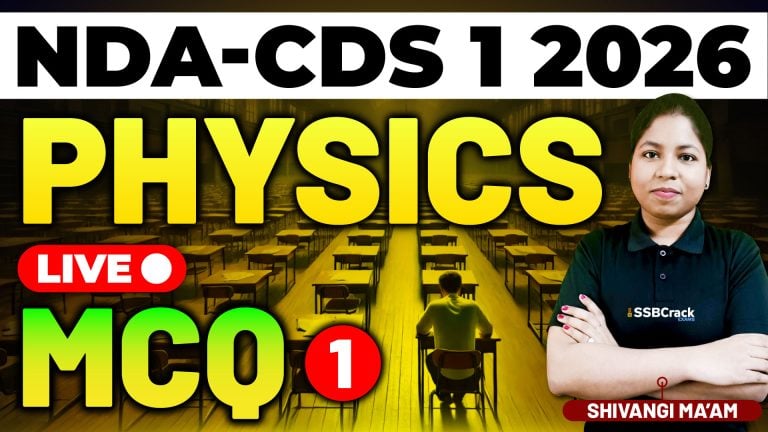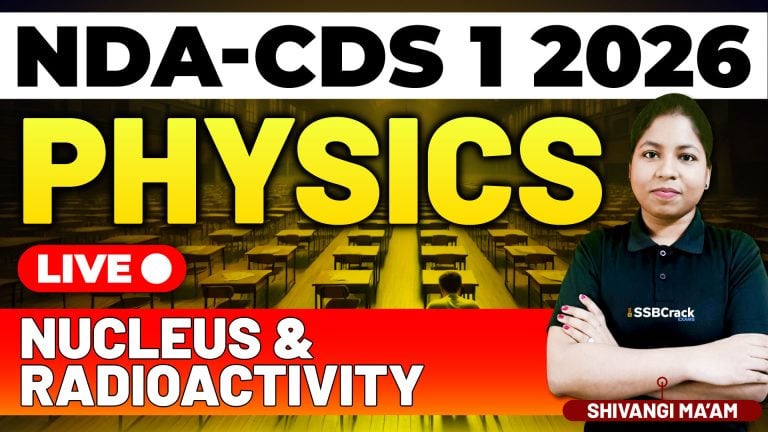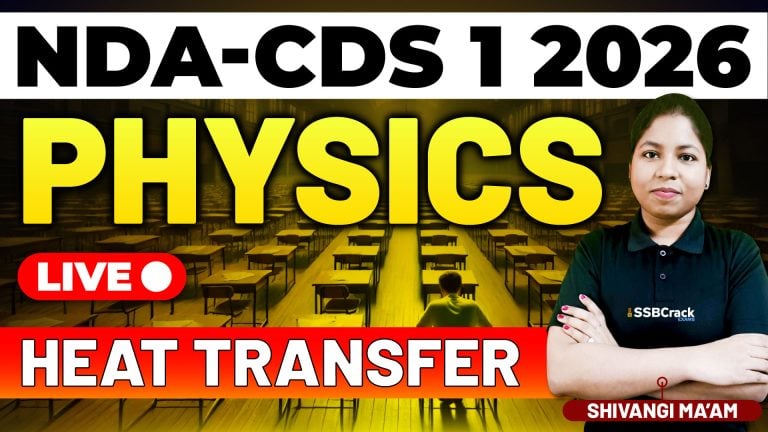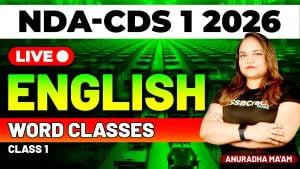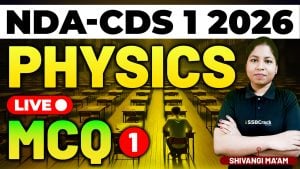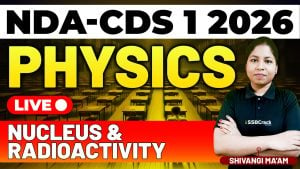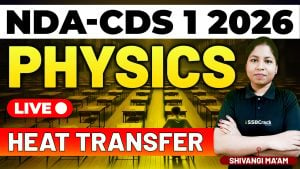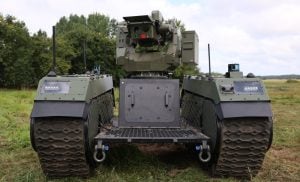In preparation for the National Defence Academy and Naval Academy (NDA-NA) Exam, a recent class focused on Sequence and Series, with special emphasis on topics like Harmonic Progression (HP), Harmonic Mean (HM), and the sum of special series. For NDA-NA Paper I – Maths, these subtopics hold particular importance, as they frequently appear in various problem-solving contexts. This class provided students with key insights and problem-solving strategies to approach these advanced aspects of Sequence and Series, ensuring a thorough understanding of the concepts and their applications.
Key Topics Discussed in the Class
Here is a detailed look at the main areas covered in the class, structured to give students a clear understanding of these concepts and equip them with strategies for the NDA-NA exam:
1. Harmonic Progression (HP)
- We began by introducing Harmonic Progression, which is a sequence of terms whose reciprocals form an Arithmetic Progression (AP). Understanding this relationship between HP and AP helped students easily recognize patterns in HP problems.
- The class discussed how to identify terms in an HP, recognize its properties, and solve questions that require converting HP terms to AP for easier calculations. Real-life examples were also explored to illustrate the practical applications of HP.
2. Harmonic Mean (HM)
- We then moved to Harmonic Mean (HM), a crucial concept in algebra. HM is frequently used to determine averages when dealing with terms that are in a reciprocal relationship, and it is often required in questions involving rates, speeds, or densities.
- Through several examples, we explored the properties of HM, the way it compares to other means (like Arithmetic and Geometric Means), and how to apply it in various mathematical contexts. This part of the session emphasized understanding the conditions where HM is appropriate and advantageous to use.
3. Sum of Special Series
- Special series are unique types of sequences where each term follows a distinct pattern. The class covered methods for summing the first n natural numbers, first n squares, and first n cubes.
- For each series, we discussed how these sums are structured and used in different types of questions. The sum of squares and cubes, for instance, is particularly helpful when dealing with problems requiring cumulative totals over a range of values. By understanding these series, students are better equipped to solve problems that ask for sums within specific numerical patterns.
Exam-Focused Strategies for Sequence and Series
Preparing for the Sequence and Series questions in the NDA-NA exam requires strategic practice and a clear approach to problem-solving. Here are some strategies discussed during the class:
- Understand Relationships Between Progressions: HP and AP are closely related through reciprocals. When approaching HP problems, try converting them into AP problems, which are often simpler to handle and involve fewer steps.
- Master Special Series Formulas: Memorize the sum formulas for the first n natural numbers, squares, and cubes, as they are directly applicable to many questions. Practicing these types of questions will help you spot these patterns quickly in the exam and solve them efficiently.
- Utilize HM in Rate-Based Problems: Many exam questions that deal with rates, such as speed or work rate, benefit from the use of HM. Recognize when HM is the appropriate measure to use and practice identifying such questions to gain familiarity with its applications.
- Time Management and Question Selection: Some Sequence and Series problems can be time-consuming, especially if they involve multi-step processes. Focus on identifying easier questions that are based on direct formula application first to secure those marks. Allocate extra time to complex questions involving HP and HM calculations as they may require additional steps.
- Practice Regularly: Sequence and Series questions often involve various problem types and formats. Consistent practice of these questions helps you recognize recurring patterns and enhances your confidence in solving similar problems under exam conditions.
Conclusion
Our class on Sequence and Series delved into advanced topics that are essential for success in the NDA-NA exam. By focusing on Harmonic Progression, Harmonic Mean, and the sum of special series, students gained a deeper understanding of these concepts and their applications in complex problem-solving scenarios. Mastering Sequence and Series requires consistent practice, a solid grasp of formulas, and the ability to recognize when to apply specific techniques. With these strategies in mind, NDA-NA aspirants can tackle Sequence and Series questions efficiently, building confidence and speed for a successful performance in the Maths section of the exam.


